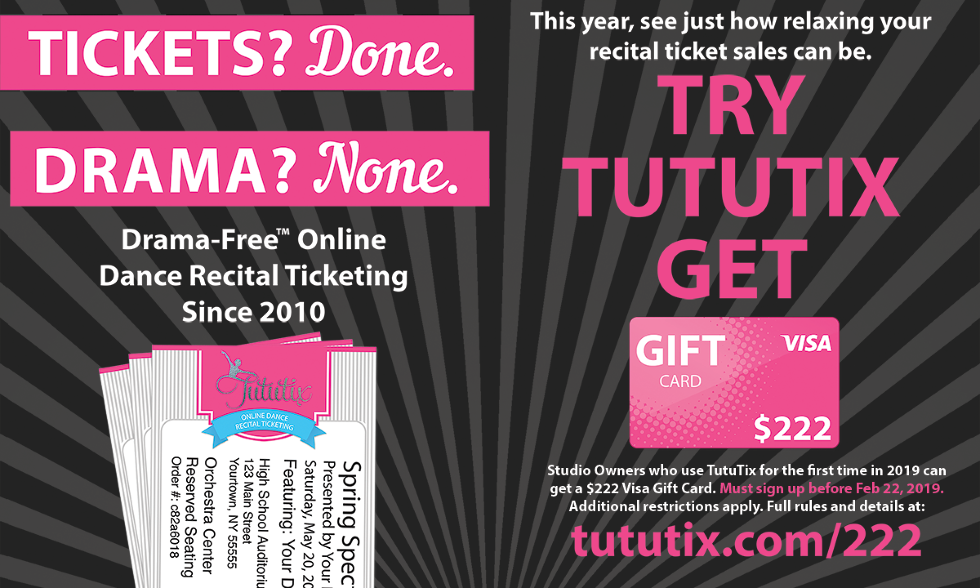
Facebook. Twitter. Instagram. Snapchat. The list goes on—and you have to decide not only what type of presence you’ll have on each platform, but also whether you and your faculty will network with students and family members. How can you set boundaries for yourself and your faculty on social media?
The easiest option may be to prohibit these interactions entirely. At the Harid Conservatory in Boca Raton, Florida, staff and faculty may not “friend” or otherwise connect with current students or those under the age of 18 on social media, explains Gordon Wright, Harid’s executive vice president and director.
At the Dance Zone in Henderson, Nevada, the handbook states that social media should be handled “in a professional manner.” Owner Jami Artiga encourages students and faculty to share photos and tag the studio, but prefers not to “friend” kids from her personal account. “Of course, my son dances at the studio, and we have teachers with kids who go here, so sometimes the line gets blurry,” she says.
Robin Dawn Ryan of the Robin Dawn Academy in Cape Coral, FL, also has a few students on her Facebook friend list, “but I don’t put a lot about my personal life on the site,” she says. She uses the platform more to keep track of what dancers and their parents are posting about the studio. “If they put up something they shouldn’t,” she says, whether that’s a bullying post or an unflattering image, “I’ll ask them to take it down.”
Ryan tends to keep her social-media shout-outs generic: “So proud of this year’s graduates!” and “Our dancers looked beautiful at prom!” That way, she can show support without spending hours online or worrying about missing any one student’s achievement.




